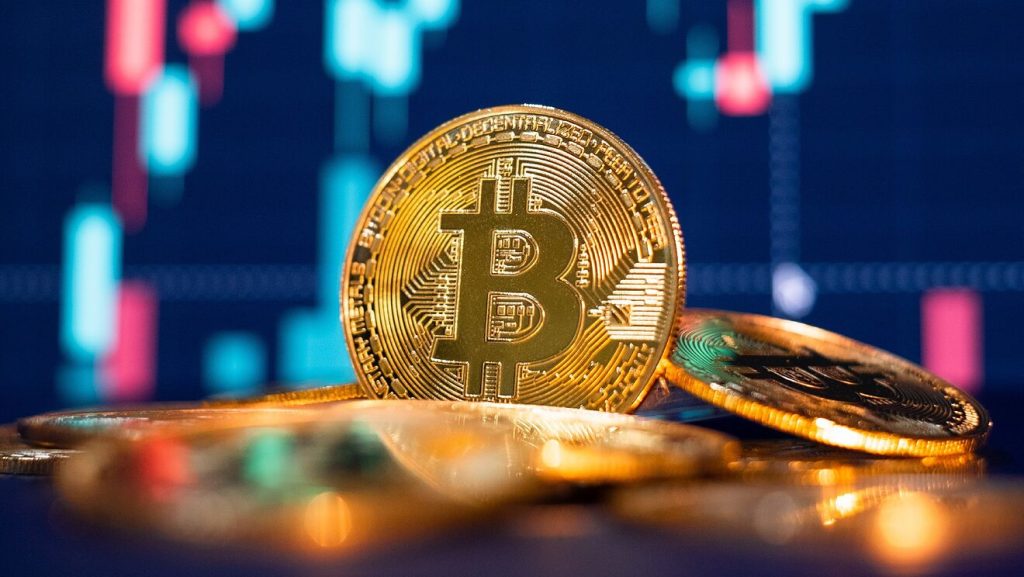
If you’re worried about the fallout of FTX and how it will impact Bitcoin, don’t worry. Bitcoin has been here before.
The news of crypto exchange FTX declaring bankruptcy and how it got to this point represents a low point for the crypto industry — but not for all cryptos, more specifically, Bitcoin (BTC -0.34%). Bitcoin is the oldest cryptocurrency, and throughout its tenure, it’s been at the center of some of the most infamous events in crypto history. One of those puts the recent FTX meltdown to shame. Yet despite these events, Bitcoin continues to operate as it has since it was invented in 2009.
Unlike today, when there are seemingly dozens of crypto exchanges and thousands of cryptocurrencies in circulation, it wasn’t that long ago when there were only a few exchanges, and Bitcoin was just one out of a couple of dozen options for cryptocurrency investors. The exchange was known as Mt. Gox, and at one point in 2013, it was responsible for handling over 70% of the world’s Bitcoin trades.
The first crypto meltdown
For those that don’t remember, Mt. Gox’s history was riddled with controversy and slip-ups before eventually declaring bankruptcy in 2014. In the years leading up to 2014, Mt. Gox suffered a handful of lawsuits, hacks, security breaches, and even lost users’ Bitcoin. These events began to compound and eventually pushed the exchange over the edge.
In a similar fashion to that of FTX and its Chief Executive Officer Sam Bankman-Fried, Mt. Gox operated in obscurity and was led by a CEO who later ended up mired in controversy. In early 2014, the exchange halted customer withdrawals “to obtain a clear technical view of the currency process” after supposedly finding a bug in their software. From here on, Mt. Gox’s troubles only got worse.
In a matter of two days from the decision to halt withdrawals, Mt. Gox’s CEO resigned, all of the company’s posts on Twitter were removed, the exchange suspended all trading, and its website eventually couldn’t be accessed, returning just a blank web page.
Thanks to a leaked document, it was revealed that the company was insolvent after realizing that it lost 744,408 customer bitcoins and 100,000 of its own, collectively worth around $500 million and representing around 7% of all bitcoins in circulation at the time. Mt. Gox attributed the missing bitcoins to a hack that took place over the course of three years without the company even realizing it. Eventually, around 200,000 of those bitcoins lost were recovered.
Mt. Gox CEO Mark Karpeles was accused of fraud and embezzlement for manipulating the Mt. Gox computer system to transfer funds from user accounts to increase his own personal account.
Throughout the spring of 2014, Bitcoin’s price fell from about $850 to $360 as these events unfolded. It could be argued that the events related to Mt. Gox spurred a crypto winter. For the remainder of 2014 and 2015, Bitcoin’s price fell as low as $177, a drastic 80% drop.
Compelling similarities today
Most of this sounds familiar — a CEO without adequate oversight, a centralized agency mishandling client funds, price drops of more than 75%, bankruptcy, insolvency, and hacks. Yet here we are again, eight years later, going through a similar situation.
But the one thing to take away from all of this is that, although critics deeming the Mt. Gox fiasco the end of Bitcoin in 2014, the cryptocurrency continued to rise in price. Since its low in 2015, Bitcoin has gained about 10,000%.
If history has taught us anything, it should be that no matter how many centralized companies and exchanges fail during the current crypto winter we are going through, over the long term, Bitcoin should continue to increase in value. If Bitcoin could make it through the Mt. Gox disaster, the current FTX meltdown should prove to be a modest obstacle on Bitcoin’s journey of price appreciation.
























